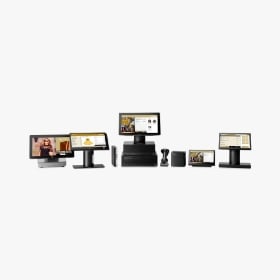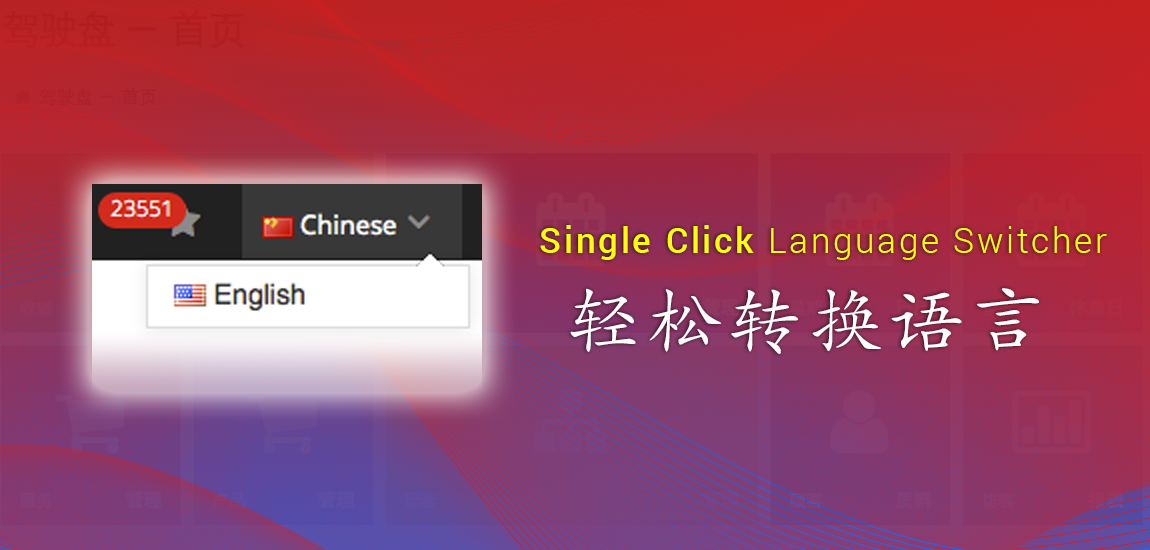
#Point of sales system singapore software#
Hardware and software form two major parts of a POS system that work in tandem to conduct sales transactions: Hardware They are suitable for all types of businesses, especially startups because of their tangible benefits in cost, simplicity, flexibility, and function.

The only difference is that, instead of being installed on a server that is run by you, a cloud POS system is installed in data centers that are maintained by the POS vendor. These systems have all the functionalities of a terminal POS. Cloud POSĪ cloud POS is an online or web-based POS which can be easily used with your existing hardware such as a computer, tablet, and printer. Due to their advanced functionalities and reasonable prices, they are used in businesses such as restaurants, grocery stores, boutiques, book or magazine stores, salons, and electronic stores. They are best suited for retail stores that have cash-dedicated cash wraps. These systems have extensive capabilities including inventory management, reporting and analytics, payment receipts via email, CRM, and customer loyalty programs. Terminal POSĪ terminal POS is a software/hardware-based system that carries add-on peripherals such as barcode scanners, credit card readers, receipt printers, and cash drawers. mPOS systems don’t take up too much space and are highly affordable and convenient. These systems are best suited for small businesses and entrepreneurs, small retail stores, pop-up shops, and quick-serve establishments. MPOS systems are used to process payments and may have other capabilities such as inventory management, loyalty programs, sales monitoring, reporting, and much more.
#Point of sales system singapore portable#
It is highly portable and allows you to attach other peripheral devices such as barcode scanners and receipt printers. They are generally classified into 3 types: Mobile POSĪ Mobile POS system or mPOS uses an electronic device such as a smartphone, tablet, or another mobile device as a terminal at which you can attach a credit card reader. POS systems are available according to the need of the organization, from simple processors to complex cloud systems depending upon the type (physical or online) and size (small, medium and large enterprises). The point of sale system can be integrated with your other systems and software such as eCommerce platforms, accounting apps, ERP and warehouse systems.Ī full-featured enterprise POS system can handle sales monitoring and reporting, analytics, inventory tracking, mobile connectivity, customer data management, employee management, and robust integrations.

Today, with the help of a retail POS software you can simplify your billing, promotions, returns and much more. Gone are those days when retailers used a cash register to process sales after which the data was transferred to accounts and stock list. A POS system is used to conduct sales at brick & mortar and eCommerce stores.

Key features to look for in a POS system.This article will help you to learn about the following aspects: But before that, let’s dive into understanding what is a ‘Point of sale’ system anyway. If the core of your business is to sell products then you should invest in a POS system today. This number is expected to reach US$ 30.9 billion by 2024, i.e. In 2017, the global point of sale software market accounted for US$ 12.9 billion.


 0 kommentar(er)
0 kommentar(er)
